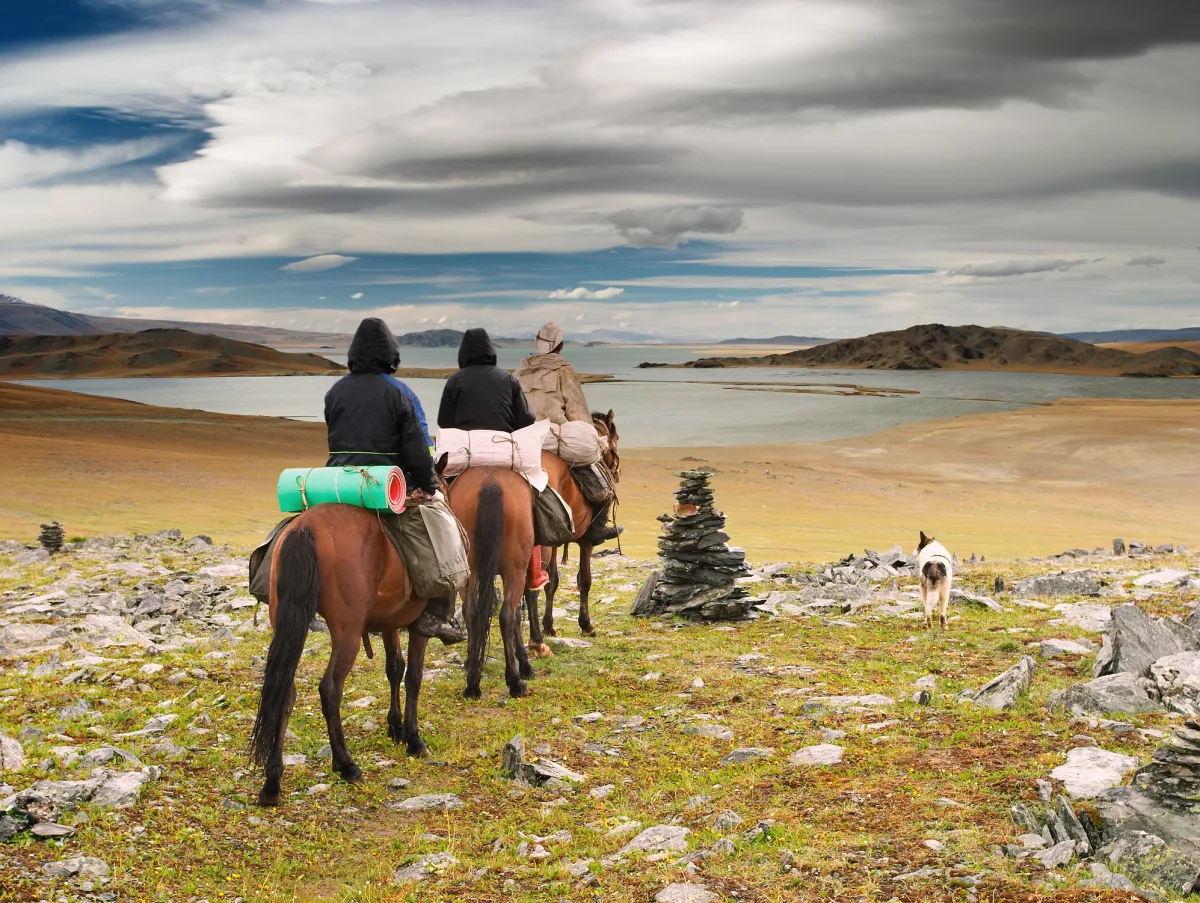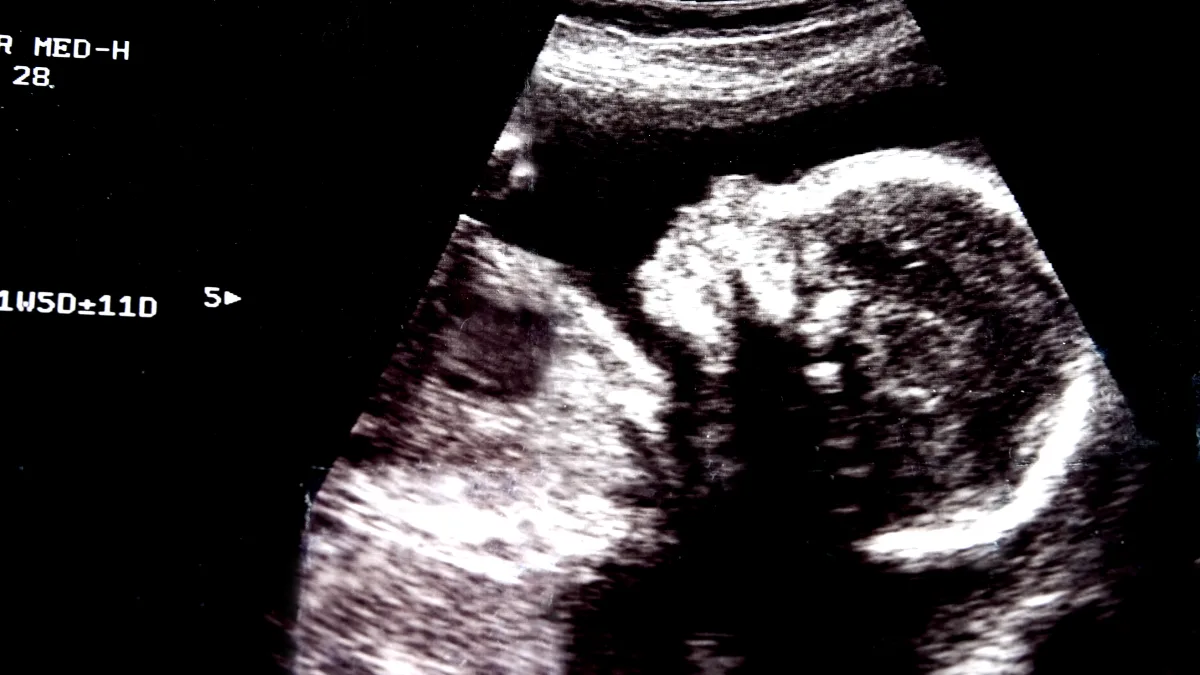The yellow vests of France, the farmers blockading Brussels, the rise of rural populism across Europe and America—all symptoms of a deepening malaise.
The urban-rural divide has become one of the defining political fault lines of our era. In recent decades, this division has intensified, with urban areas exhibiting more liberal, progressive attitudes while rural areas trend conservative and nationalist. Treating this merely as a political phenomenon, however, misses the underlying economic and social architecture that shapes these divergent worldviews.
The conventional wisdom holds that cities are the future and rural areas the past. Urbanisation, we are told, is both inevitable and desirable—the path to prosperity runs through metropolitan agglomeration.
This narrative, however, increasingly looks like yesterday’s thinking. China’s rural-urban divide has expanded even as overall prosperity has increased, creating what researchers term a ‘pseudo-middle-class’ in the countryside. The same pattern repeats from America to Europe: prosperity concentrates while peripheries wither.
Yet the experiences of a handful of countries suggest that the dichotomy between thriving cities and declining countryside is false—a failure of imagination rather than an iron law of development.
They point towards a new compact between urban and rural, one that harnesses technology, reimagines governance, and recognises that resilience requires diversity.
The Mongolian miracle
In the steppes of Mongolia, where not even 70-odd years of communism and central planning could exert full control or even influence over nomadic herders, digitalisation is currently performing miracles.
The e-Mongolia platform, launched in October 2019, began with 181 public services integrated with 25 government entities. By the end of last year it had expanded to include 1,263 services from 87 organisations.
This is not merely digitisation but a fundamental reimagining of how citizens interact with the state. A herder on the steppe can now access government services directly from a mobile phone instead of riding to the nearest town (often hundreds of kilometres away). The platform offers everything from getting an ID card to ordering a passport or applying for a business license, with documents delivered to nomadic families wherever they happen to be camped.
The impact has been profound. According to the Mongolian government, e-Mongolia has saved approximately 1.2 trillion Mongolian tugrik (around 290 million euros) through reduced paperwork, postage, transportation costs, and employee wages.
More importantly, the implementation of e-Mongolia services has led to a reduction in corruption in the primary and secondary levels of the public service.
For those unable to use smart devices—particularly the elderly and people with disabilities—e-Mongolia staff delivers service to citizens in the one-stop centres. This ensures no one is left behind by the digital revolution, a crucial consideration in a country where traditional nomadic culture remains strong.
One of the architects of e-Mongolia, Bolor-Erdene Battsengel, a former secretary of state in the Ministry of Digital Development and Communications, is now bringing AI to rural Mongolia with her AI Academy Asia, which aims to train 500 teachers to provide AI education to rural communities in throughout the country.
The Swiss lab
Switzerland demonstrates how radical decentralisation can maintain service quality across diverse geographies. The Swiss belief in subsidiarity—that decisions should be made as close to the people as possible—ensures that local leaders hold real power. This is not token devolution but genuine federalism, where municipalities handle everything from schools and public transport to social services and taxation.
As a consequence, Swiss economic regions outside major population centres reveal unexpectedly high degrees of economic complexity combined with advanced integration into global business networks. The town of Monthey, with its mix of local SMEs and embedded multinationals, exemplifies how rural areas can be globally competitive without losing local character.
Switzerland generally maintains the type of system America’s Founding Fathers envisioned, with a small central government. Yet this is paired with world-class infrastructure that reaches every valley. The combination of local autonomy and national coordination creates resilient communities capable of adapting to change while maintaining their identity.
Nordic networks
Finland’s approach centres on civil society. The Finnish Village Movement, started in the 1970s, now encompasses about 4,000 villages, almost all with their own Village Committee coordinating development.
This is bottom-up development par excellence, driven not by government diktat but by local initiative.
The Rural Policy Council, appointed by government but including civil society and private sector representation, ensures rural perspectives influence national policy. Four thematic networks translate broad objectives into concrete local action. The result is a system that combines grassroots energy with strategic coordination.
Denmark takes collaboration further still. Village clusters pool resources and governance, with the Mols Village Cluster uniting 24 villages to tackle shared challenges. When individual villages lack the scale for certain services, cooperation provides the answer. The opening of Molsværket, a multipurpose community space serving multiple villages, shows how shared facilities can maintain rural quality of life.
The physical challenge
While digital services can transform access to government administration, what of the irreducibly physical services—healthcare and education—that define quality of life? Here too, innovation is bridging the rural-urban divide, though the challenges are steeper.
In rural America, where over 60 million people live, only 12 per cent of physicians practice. Telemedicine has therefore emerged as a critical lifeline. Mayo Clinic Health System’s digitally capable mobile health clinic brings high-speed internet, via a combination of 4G, 4G LTE, and 5G network connections, to rural communities in which broadband internet access was not previously available.
This allows specialists to consult remotely with patients who would otherwise face hours of travel for routine care.
The results are encouraging. Studies show that through telemedicine, specialised services such as ICU have seen reduced costs and lengths of stay. Health care-associated infections have also dropped, and ICU mortality has decreased by 40 per cent. Rural hospitals using teleconsultation found it led to more accurate decision-making, reduced unnecessary patient transfers, and improved the likelihood that patients would be admitted locally rather than transferred.
But technology alone cannot solve the healthcare challenge. Physical presence still matters. Here, clustering emerges as a solution. Just as Danish villages pool resources to create shared community facilities, rural healthcare systems are discovering economies of scale through cooperation. Programmes like the Eagle Rural Care Alliance are opening access to telemedicine specialty services by fostering alliances between rural facilities to maximize economies of scale, making specialty care economically viable even for hospitals with low patient volumes.
Education faces similar challenges. In Croatia’s remote areas, rural schools benefit from close contact with local groups, and can become an integral part of the local ecosystem. By collaborating with other schools and using digital tools, schools can offer lessons for languages like French, German and Spanish that would be impossible with local staff alone.
The key is combining digital connectivity with physical clustering—students might gather in a local hub for lessons beamed in from distant specialists, maintaining both social interaction and access to expertise.
The connectivity imperative
South Korea illuminates the transformative power of universal broadband. In 2020, the government declared 100 Mbps broadband a universal service, legally entitling every household to high-speed internet.
This was not mere aspiration but backed by a comprehensive public-private partnership targeting 1,300 rural villages. Today, a farmer in Jeolla or a fisherman on Jeju Island can access online services nearly as easily as a Seoulite in Gangnam.
When combined with Korea’s digital infrastructure—from e-commerce platforms to online education—rural areas gain access to urban-level services and markets without urban density.
Government policies focusing on expanding access to telecommunications infrastructure were essential to success. Korea’s experience demonstrates that with sufficient political will and investment, the digital divide can be bridged entirely. Rural need not mean disconnected.
Common threads
These diverse approaches share revealing commonalities. First, successful rural policies treat countryside residents as citizens deserving equal access to opportunity, not charity cases requiring subsidy. The EU’s Lisbon Treaty established territorial cohesion as a constitutional objective, but implementation varies wildly. The successful cases move beyond rhetoric to genuine equality of provision.
Second, one size manifestly does not fit all. There are both prosperous and struggling communities in rural areas—the diversity within rural regions often exceeds that between rural and urban. Policies must be flexible enough to address local conditions while maintaining universal principles.
Third, technology is necessary but not sufficient. Mongolia’s digital success required not just infrastructure but a wholesale reimagining of government. Korea’s broadband reached everywhere because it was treated as essential infrastructure, like electricity or roads. Technology amplifies good policy; it cannot substitute for it.
Fourth, governance matters enormously. Switzerland’s intricate institutions of intergovernmental cooperation—inter-municipal cooperation, regional conferences, tripartite conferences—resolve problems that no single level of government could address alone. Finland’s village committees provide local leadership while connecting to national networks. Effective rural policy requires both local autonomy and strategic coordination.
Fifth, physical services demand creative solutions. Pure digitalisation cannot replace a doctor’s examination or a teacher’s guidance. But combining telemedicine with mobile clinics, distance learning with local study centres, and regional cooperation for specialised services can deliver urban-quality provision without urban density.
A new deal
The evidence points towards a new rural-urban compact built on four interlocking foundations. First comes universal digital infrastructure. Following Korea and Mongolia, governments should guarantee high-speed internet as a basic right.
The International Labour Organisation identifies digital connectivity as crucial for bridging rural-urban employment disparities. But this must be genuine universality—not ‘good enough for rural’ but identical quality everywhere. The cost is substantial but the alternative is permanent peripheralisation.
Physical services require physical presence, but not every village needs every service. Service clustering emerges as the second foundation. Denmark’s village clusters and healthcare alliances show how cooperation can achieve economies of scale without sacrificing local identity. A shared specialist serving multiple communities beats no specialist at all. Whether through mobile clinics rotating between villages or education hubs serving multiple communities, clustering makes the economics work without forcing consolidation.
The third foundation is radical subsidiarity. The Swiss model shows that real local power creates resilient communities. This means not just administrative decentralisation but fiscal autonomy—local areas must control sufficient resources to shape their futures. Political resilience means not only intracommunity decision-making but the capacity to influence community affairs. Token devolution breeds cynicism; genuine federalism fosters innovation. When municipalities control their own destiny, they find creative solutions that distant bureaucrats would never imagine.
Neither pure localism nor centralisation suffices, which brings us to the fourth foundation: networked governance. Finland’s thematic networks and Denmark’s village clusters show how horizontal cooperation can achieve scale without sacrificing local identity. Collaboration among villages can catalyse transformation and build resilient communities. The future lies in networks, not hierarchies—flexible arrangements that allow communities to cooperate where it makes sense while maintaining their distinct identities.
Beyond the divide
The urban-rural divide is not inevitable but constructed—the product of policy choices that privilege agglomeration over distribution, efficiency over resilience. Preferences on public policy between rural and urban voters are a poor explanation for the political divide. The real divergence lies in lived experience: of being connected or forgotten, of having agency or being acted upon.
The successful examples share a vision of rural areas not as museums of tradition but as living communities capable of innovation. Internal economic complexity evolved through interaction between urban centres and emerging industrial cities in rural regions. When rural areas have the tools—digital connectivity, clustered services, local autonomy, collaborative networks—they create their own futures rather than simply reacting to urban-driven change.
This is not romantic ruralism but hard-headed economics. Mongolia’s e-governance shows that digital delivery can be more efficient than traditional bureaucracy. Korea’s universal broadband creates new markets and opportunities. Switzerland’s decentralised system fosters innovation through competition between cantons. Finland’s village movement mobilises social capital that would otherwise lie dormant.
Countries that ignore this evidence and continue current trajectories will face deepening polarisation, with rural areas becoming either theme parks for urban tourists or reservoirs of resentment.
They should instead recognise that resilience requires diversity—that nations need thriving rural areas not as anchors to the past but as laboratories for different ways of living. The technology exists, successful models demonstrate feasibility, and the social cost of inaction grows daily. What remains is the political will to forge a new compact—one that treats rural and urban as partners in prosperity rather than competitors for resources.
The case for rural resilience has never been stronger. Concentrated populations are efficient but fragile; distributed networks are complex but robust. The countries pioneering new rural-urban relationships are not just solving today’s political problems—they are building the adaptive capacity for tomorrow’s challenges.
From steppe to street, the future belongs to those who bridge the divide rather than deepen it.
Photo: Dreamstime.







